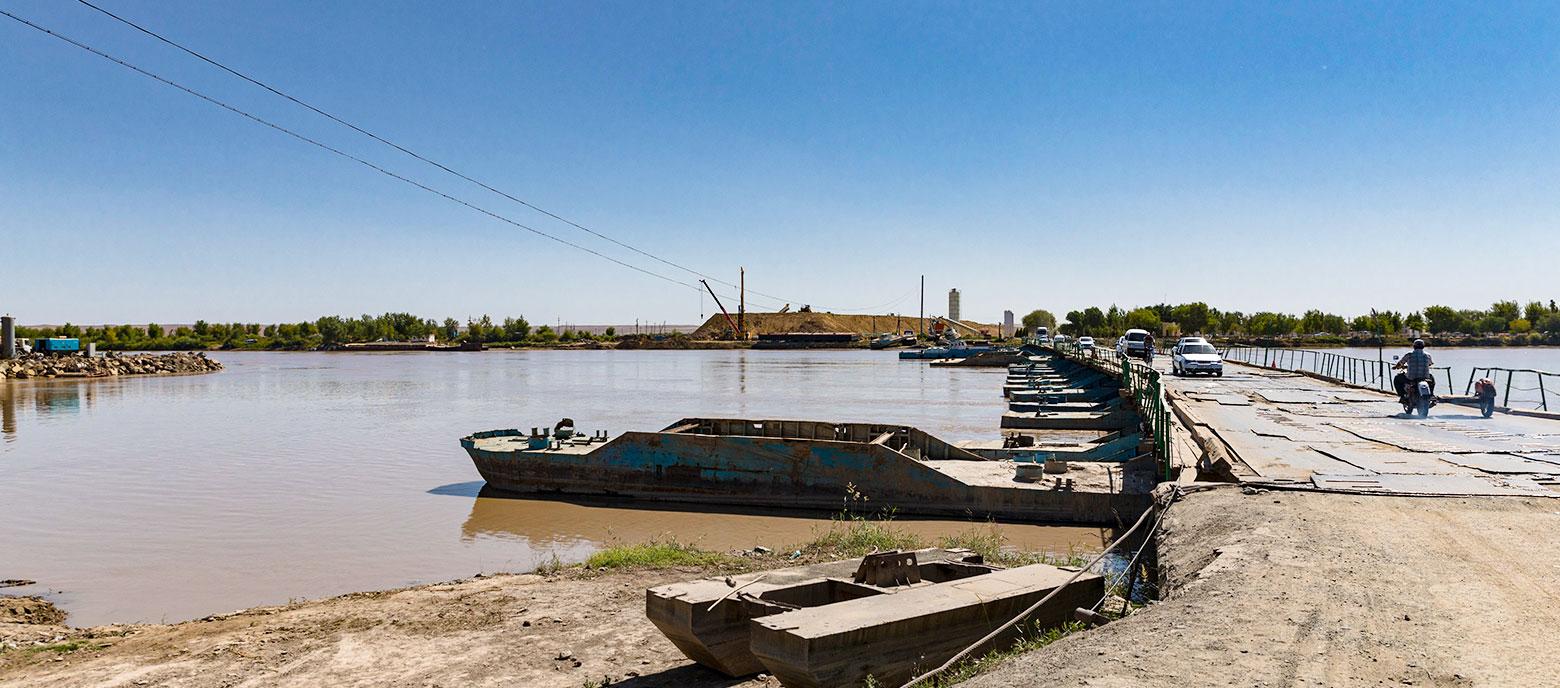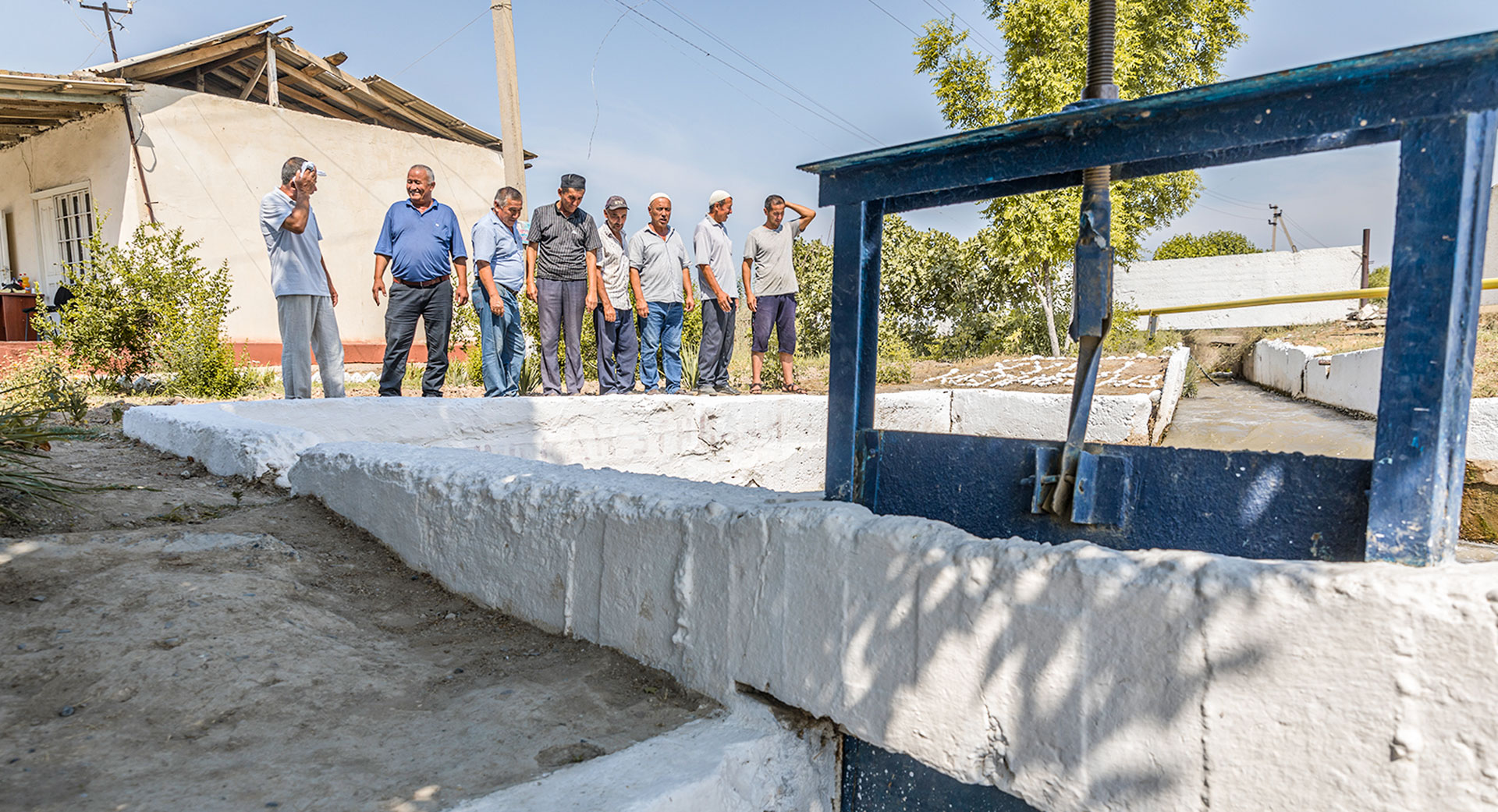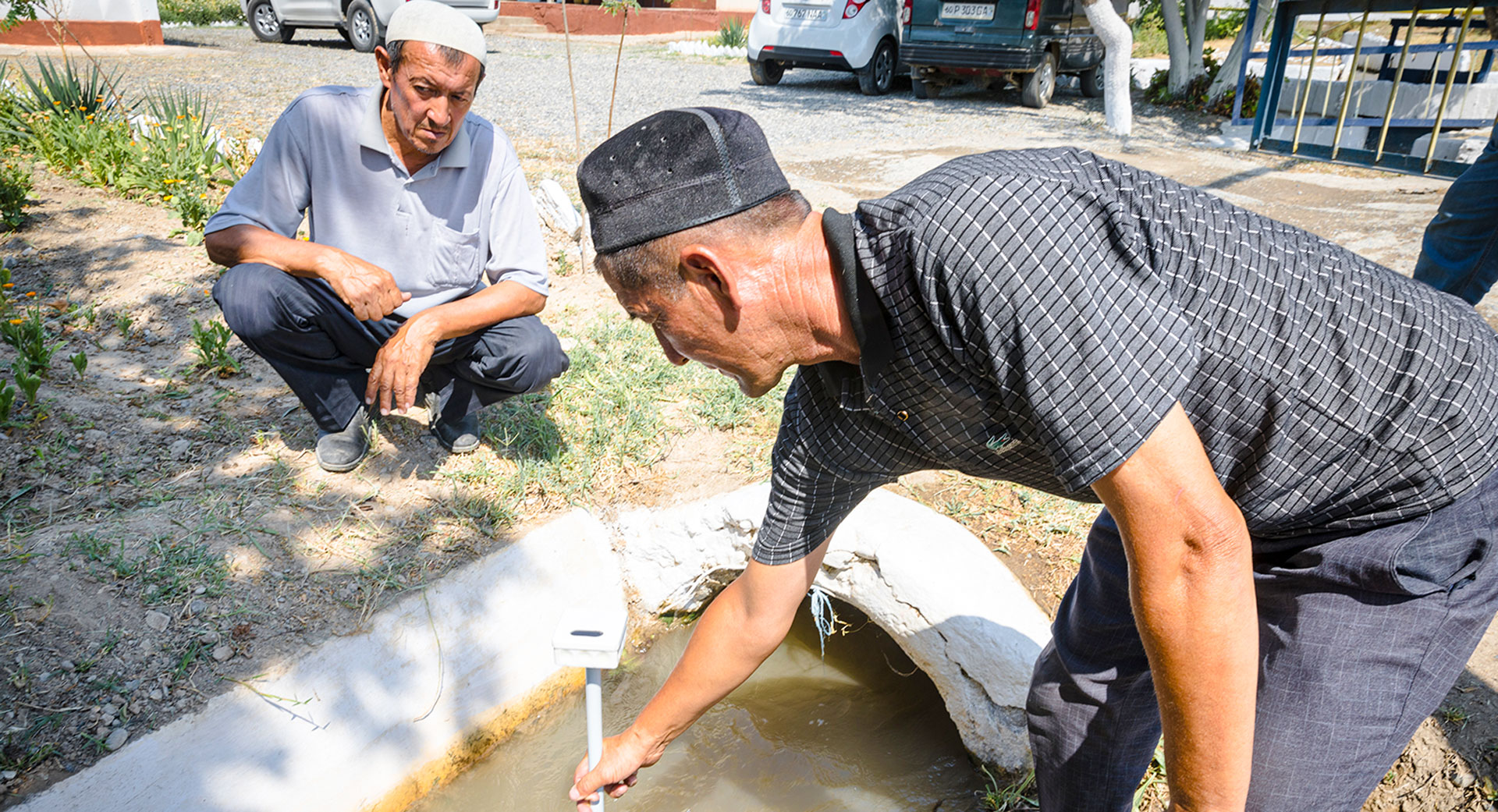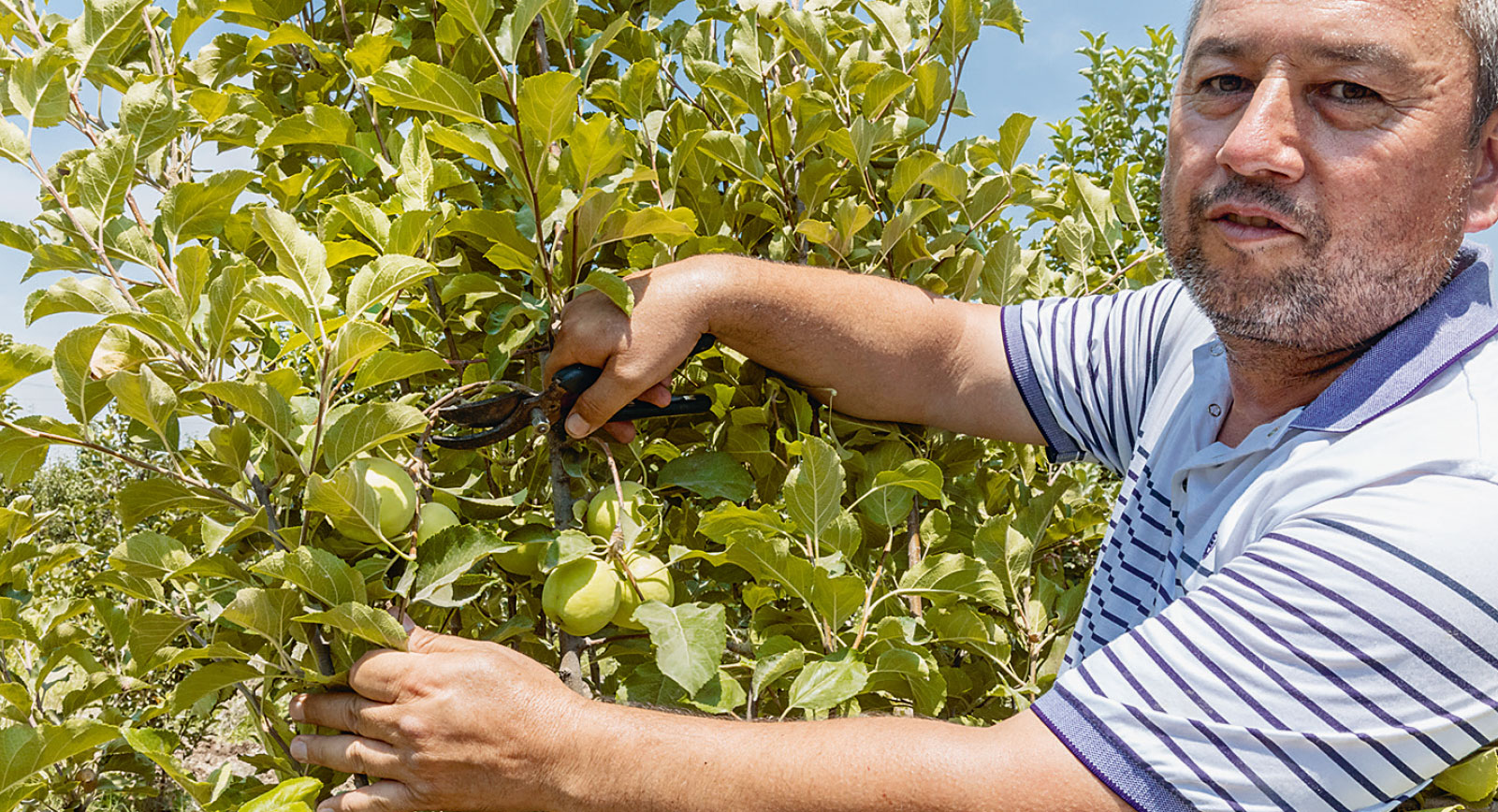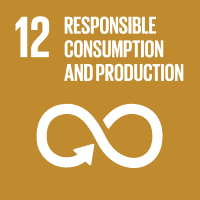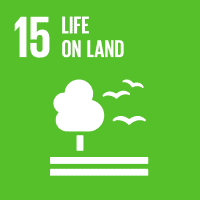It’s just a flick of the wrist, but Solizhon Matmurodov knows exactly what happens when he opens or closes one of the valves controlling the water supply to small canals known locally as ‘aryks’, which run off a retention basin. The aryks are separated from one another with movable barriers. Matmurodov explains: ‘If I open this one, I can irrigate 72 hectares of land growing mostly vines. These ones, on the other hand, irrigate 122 hectares of tomatoes, cucumbers and apples.’
Matmurodov is the Chief Engineer at the state Water Users’ Association, which supplies water to Asaka District in Andijan Region in the far east of Uzbekistan. The system he manages ensures that all the farmers have access to the water they need to irrigate their land. Water means responsibility, so the individual in charge of water distribution has always been one of the most highly respected members of Uzbek society. And Matmurodov attracts considerable respect. Farmers look on appreciatively as he explains his special measuring equipment – the ‘smart stick’ – and then dips it into the water gushing through one of the aryks.

